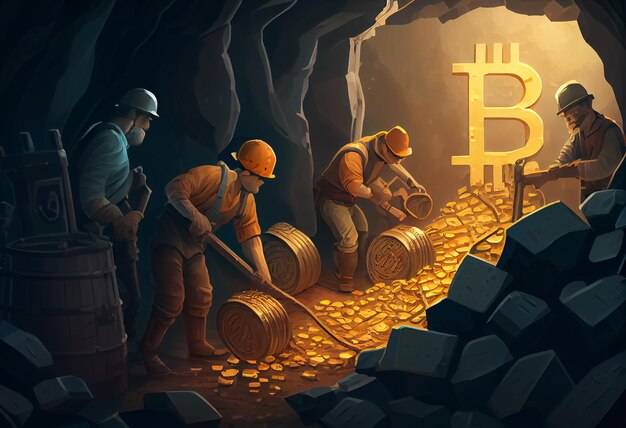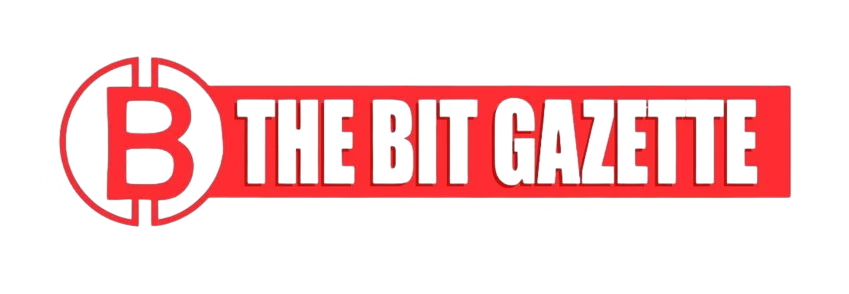A solo bitcoin miner using just 6 terahashes per second of computing power successfully mined block 924,569 on Friday, earning a reward of 3.146 BTC worth approximately $265,000 despite facing odds of less than 1 in 100,000 per day.
The win marks the 308th solo block mined through CKPool’s software and breaks a three-month dry spell for solo miners on the platform. Mining analytics site mempool.space confirmed the miner submitted work at a difficulty of 1.17 quintillion, an achievement industry observers called “astronomically improbable.”
For context, the Bitcoin network recently exceeded 855 exahashes per second (EH/s), making this win the equivalent of a single lottery ticket outperforming tens of billions of competitors.
Bitcoin Bounty Earned With Just 6 TH/s
According to mining analytics platform mempool.space, the miner submitted a difficulty of 1.17Q—an output level that only a tiny fraction of solo miners ever achieve.
CKPool, one of the leading solo-mining facilitators, calculated that the odds of landing such a Bitcoin bounty with 6 TH/s were less than 1 in 100,000 per day.
For comparison, a high-end Antminer S21 pushing 200 TH/s would need approximately 57 years to mine a block under current network conditions.
“This Bitcoin bounty is the perfect reminder that every block ultimately depends on one ASIC chip getting lucky,” said UK-based mining retailer The Solo Mining Co. “Today it was theirs. Tomorrow… why not yours?”
308th Solo Block: The Bitcoin Bounty That Breaks the Quiet Streak
CKPool confirmed this is the 308th solo block mined using its software—breaking a three-month dry spell.
Social media traders quickly labeled it one of the luckiest Bitcoin bounty wins in recent years, drawing comparisons to a 2022 event where another miner overcame 1-in-1.3 million odds with a 126 TH/s setup.
Solo Satoshi, a well-known Bitcoin hardware distributor, noted that without voluntary disclosure, determining the exact rig used is nearly impossible—fueling speculation about which machine mined this unexpected Bitcoin bounty.
Bitcoin Bounty Wins Come as Many Miners Abandon the Industry
The dramatic Bitcoin bounty arrives at a time when many miners—solo, institutional, and pool-based—are shutting down operations, citing a brutal combination of rising operational costs and declining margins.
“Bitcoin mining just doesn’t cut it anymore,” said Daniel Keller, CEO of InFlux Technologies.
Last week, Bitfarms Ltd. made headlines after revealing it will phase out traditional Bitcoin mining over the next two years and pivot toward AI compute infrastructure.
The company posted a Q3 loss of $46 million on $68 million in revenue, accelerating its shift away from mining workloads.
CEO Ben Gagnon said the company’s Washington state facility will be converted into a GPU-as-a-Service hub—expected to generate more net operating income than all prior Bitcoin mining years combined.
Other miners, including Cipher and Terawulf, have already pivoted to AI, securing backing from giants.
Can Bitcoin Bounty Mining Help Heat Homes This Winter?
Despite profitability struggles, miners argue that the industry continues to offer practical benefits beyond block rewards. Digital assets firm K33 reported that Bitcoin mining produces 100 TWh of heat annually—enough to warm a country the size of Finland.
Earlier this year, The New York Times profiled HeatTrio, a $900 heater-mining combo device used by at-home miners. Some eco-friendly Bitcoin mining setups already reroute heat through ventilation systems.
“Using the heat is another example of how crypto miners can be energy allies if you apply creativity to their potential,” said Jill Ford, CEO of Bitford Digital.
As Bitcoin miners increasingly shift toward AI workloads, this surprise Bitcoin bounty offers a refreshing counter-narrative—proof that small players can still beat impossible odds. And for the global community of solo miners, block 924,569 just became the new symbol of hope.
In the world of mining, lightning still strikes. And on Friday, one lucky miner was holding the rig when it did.










